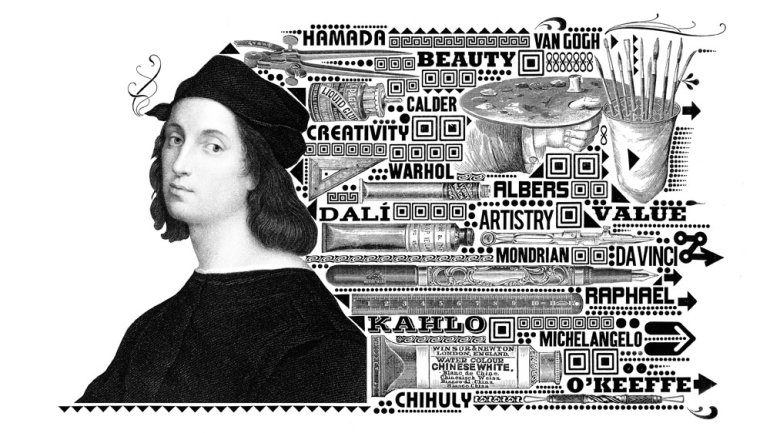In Defense of the Art History Major
In Defense of the Art History Major
A wealthy investor named Edward Conard has a term for people he thinks aren’t contributing enough to the economy: He calls them “art history majors.”
By the time you read this, Conard will have published Unintended Consequences, his book about the American economy’s ongoing struggles. His argument? That the major culprits include smart, educated people who aren’t doing enough to generate wealth. According to Adam Davidson, who interviewed him for the New York Times, Conard finds fault with everyone who has the brains to slay dragons in business “but who chose instead a less competitive life.”
Conard is suspicious of people not driven by money, people motivated instead by such foofy things as music, art, and history. He is an extreme, and outspoken, example of those who put commerce first. But his assertions echo an undercurrent that runs throughout much of our culture – that art is an extravagance we can afford to think about only after all of the “real” work is done.
You see this warped conviction everywhere. We shoehorn art and music into the elementary school curriculum and cut them first when money gets tight. We shrug when kids abandon their art forms as preteens; we figure it’s time they focused on their math scores anyway. In high school and college, the arts are electives – in other words, optional. In the workforce, those who excel at Excel probably outnumber by 100-to-1 those who know how to draw. And we’re OK with that.
Yet what endures in a civilization is not its spreadsheets and financial instruments but its plays and sculptures, its sonatas and paintings. As John F. Kennedy put it, “Aeschylus and Plato are remembered today long after the triumphs of imperial Athens are gone. Dante outlived the ambitions of 13th-century Florence.” What has power in the long run is the creative stuff. So shouldn’t we invest in the art of our own age? Shouldn’t we appreciate the art of the ages? In their own way, isn’t that what the art history majors of the world are doing?
Money is a funny thing. Central as it is in our culture, it is only a means to an end. The Edward Conards of this country don’t hang financial documents on their walls. Even they see beauty and meaning elsewhere. Money is the middleman, and the real value is in experience, feeling, and art.
This issue is chock-full of stories for art and art history lovers – and even for readers who like a little wealth creation. Pearl Fryar taught himself topiary when neighbors intimated they didn’t trust him to keep up his yard; now his garden is enough of a draw that he’s got money left over to fund college scholarships. Natalie Chanin was warned that her clothing line would suffer if she shared her designs and techniques, but when she went open-source, business thrived.
Everyone wants value. But at the end of the day, value comes not from money but from meaning.

